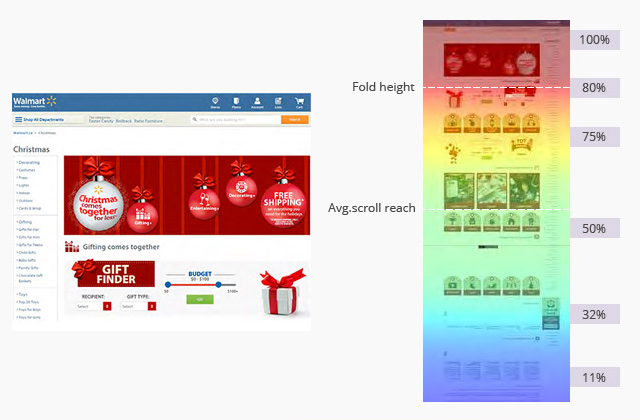This article has been contributed by Efrat Ravid.
Graphic design, user interface, and user experience are complex fields. Volumes can (and have!) been written about the intricacies of each of these disciplines. Arguments have been debated, tests have been conducted, and winners have been crowned.


There are many elements to consider: Characteristics of forms, calls to action, color, layout, design patterns, visual weight, scrolls, clicks, line tension – the list goes on. These all come together to optimize the users’ feelings when exploring a website. But to take a step back from these complexities is to understand the UX fundamentals upon which great UI can be built.
Not investing in these four fundamentals is detrimental to user experience, to conversion rates, and ultimately to the success of a business.
See also these UX trends of 2015 & 2016 and how to take UX to the next level.
1. Defining personas based on profile and behavior
By now, creating UX strategy that is focused on a target audience persona is second nature to UX professionals. By targeting user experience to user profiles, we do improve our UX, but this is far from the ultimate optimization.
In fact, an effective digital user experience must be based on a multi-dimensional persona. It is not enough to design for age, location, job title, and company type. By adding elements of online behavior and personality types, and designing and personalizing the experience for cross sections, UX can truly serve the unique needs of each visitor.
2. Aligning user goals and business goals
When we optimize user experience, we aim to reduce friction in delivering what users want. In other words, we strive to meet the users’ goals.
To do this, of course, we research our target audience persona, track their online behavior, and determine their online personality type. Once we understand who they are and what they want, we can remove any roadblocks that make the experience frustrating.
This is ultimate UX, right?
Wrong!
Our websites are not online only to serve users. They must serve the business goals, too.
For example, a site like Walmart, especially during the holidays, sets a business goal of more sales. Walmart’s users, however, have a goal of finding the right gift for the right person on their shopping list.
By aligning the user goal and the business goal, as explored in this Walmart case study, user experience could be optimized to serve the user while also achieving the business goal.

3. Investing in information architecture (IA)
Effectively organizing and structuring the content of a site is a foundational aspect of user experience. Consider the importance of an architect when building a home. Would you let a contractor and a designer build your home without an architect?
That is the importance of structured IA for a website.
Put simply, IA helps users find what they need and understand what they found.
Sounds like an ideal user experience to me!
4. Planning for many devices and platforms
Statistics show that more and more users are accessing every type of site on various devices. From mobiles to tablets to smartwatches, a site must be usable on every device. However, a responsive site is not the epitome of user experience either. Mobile users typically have different goals and different needs from desktop users. Optimizing a mobile user experience is not simply taking the desktop UX and fitting it onto a smaller screen.
Track, test, and monitor mobile users to make sure you meet their needs.
When designing a website, do not create profiles based only on biographical information. Instead, include behavioral information and online personality type assessments, too. Aim to serve the users’ goals, but always make sure to align with the business goals, as well. Take the time to set up coherent information architecture, and plan your site to be optimized for many devices and platforms.
—
Efrat Ravid is the Chief Marketing Officer at Clicktale. She is responsible for leading worldwide marketing initiatives targeting global fortune 500 companies, as well as creating and publishing Digital Customer Experience thought leadership content for the industry.
Write great post . That’s Interesting blog .
I really appreciated the UX design optimization strategy to aim the user and business goals
simplifying user experience and increasing sales.